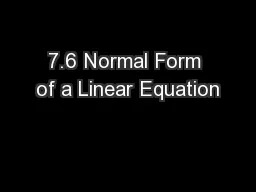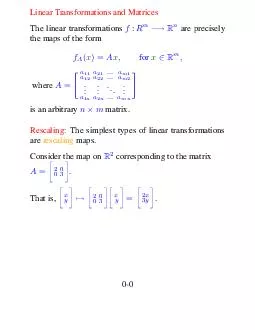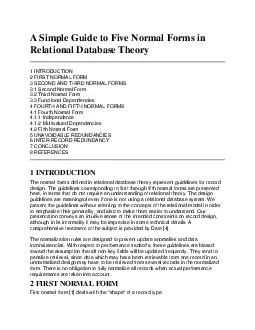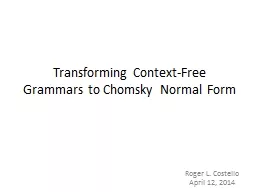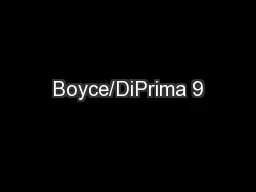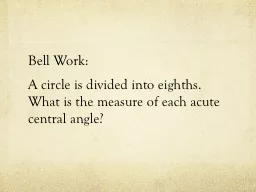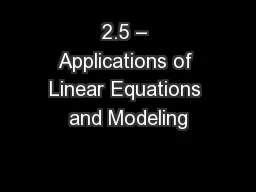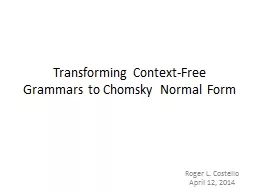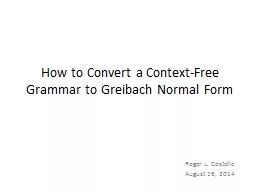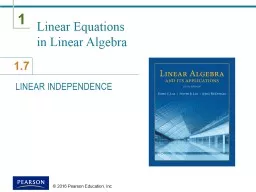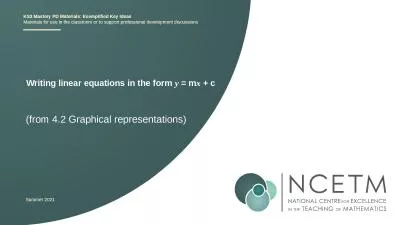PPT-7.6 Normal Form of a Linear Equation
Author : celsa-spraggs | Published Date : 2018-09-22
By the end of the section students will be able to write the standard form of a linear equation given the length of the normal and the angle it makes with the xaxis
Presentation Embed Code
Download Presentation
Download Presentation The PPT/PDF document "7.6 Normal Form of a Linear Equation" is the property of its rightful owner. Permission is granted to download and print the materials on this website for personal, non-commercial use only, and to display it on your personal computer provided you do not modify the materials and that you retain all copyright notices contained in the materials. By downloading content from our website, you accept the terms of this agreement.
7.6 Normal Form of a Linear Equation: Transcript
Download Rules Of Document
"7.6 Normal Form of a Linear Equation"The content belongs to its owner. You may download and print it for personal use, without modification, and keep all copyright notices. By downloading, you agree to these terms.
Related Documents

